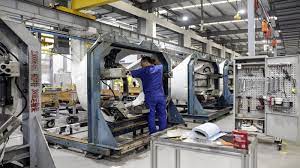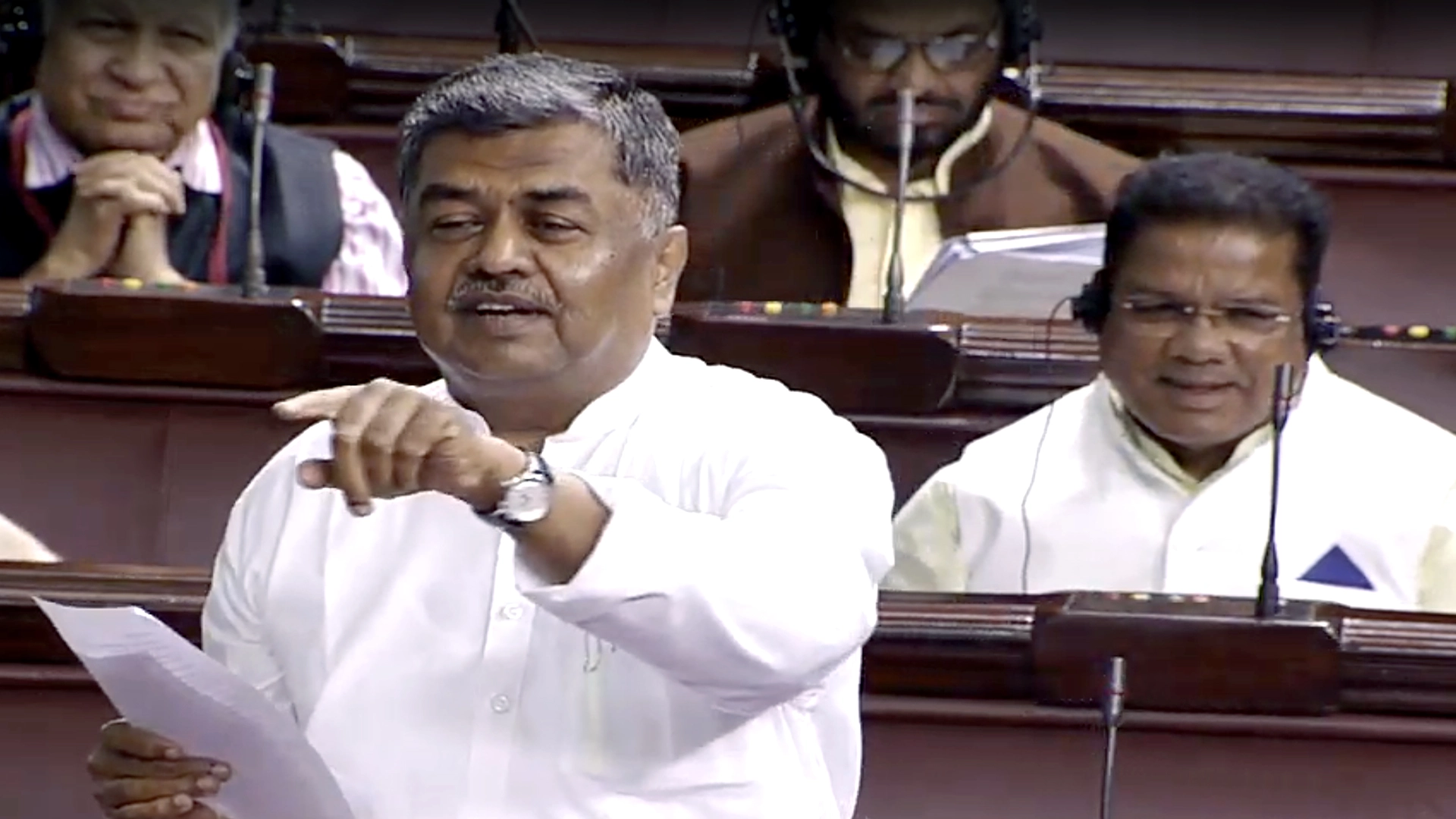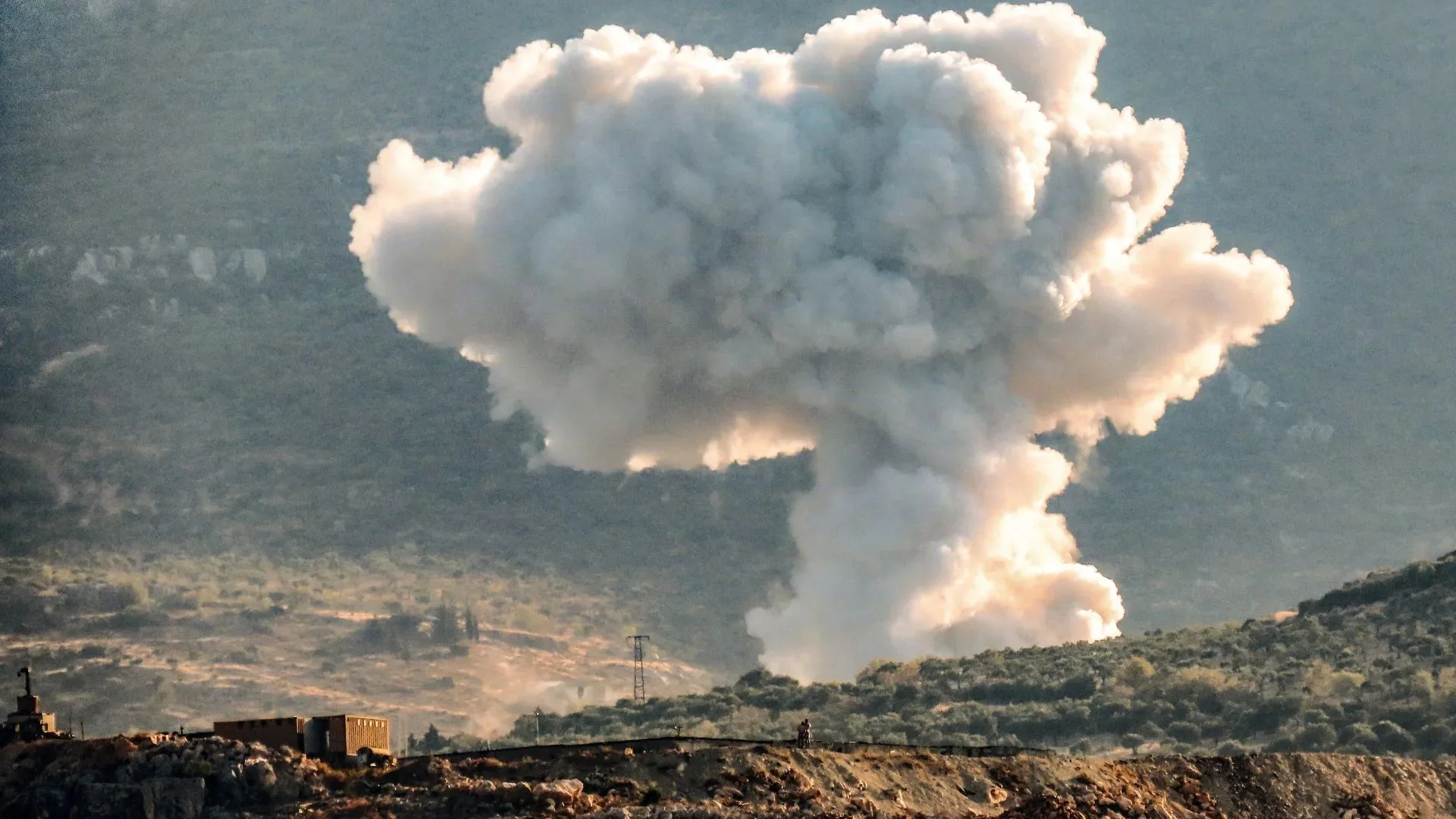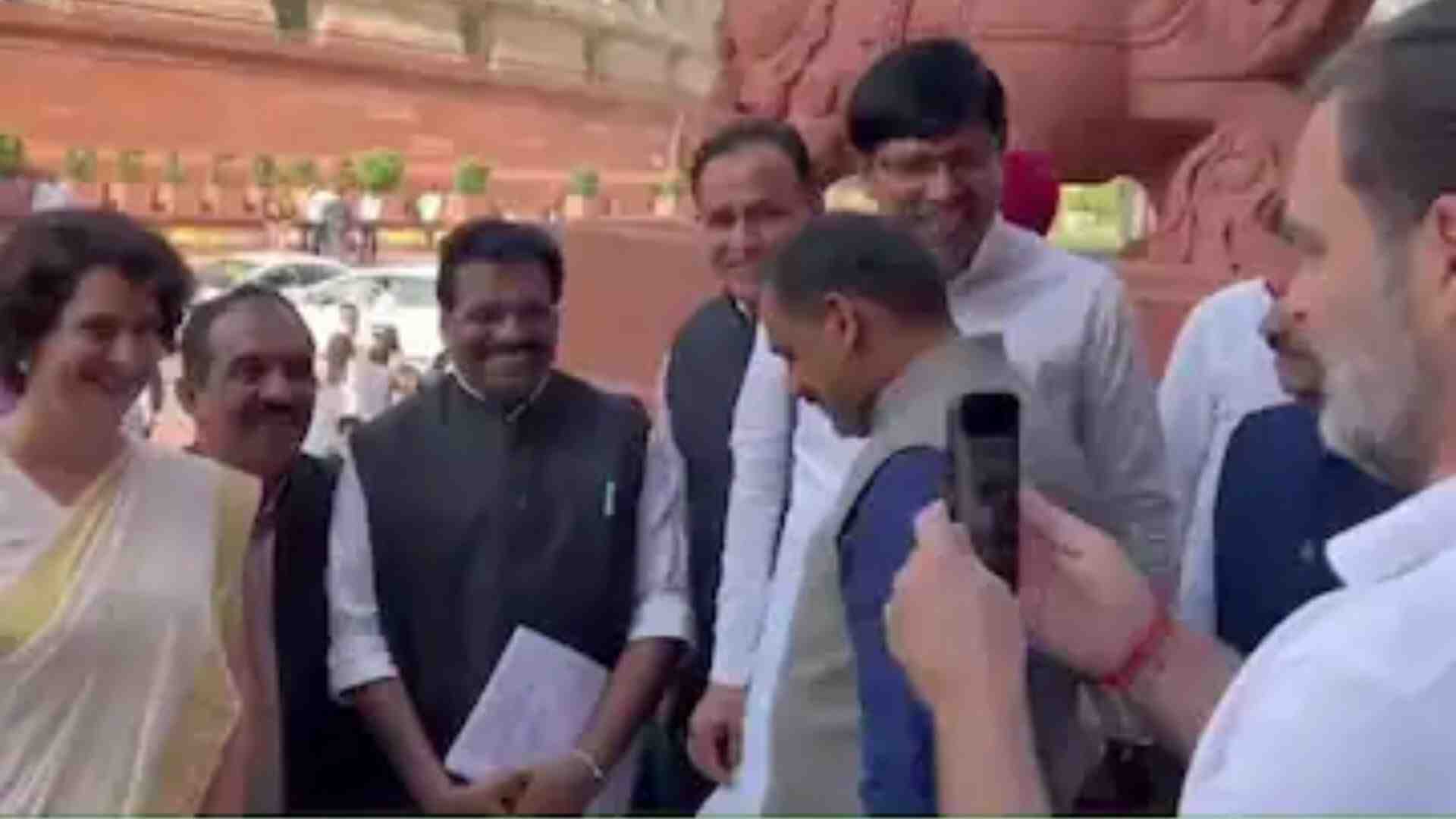
Chinese factory activity contracted in July 2023 as export orders got smaller, adding to stress on the ruling Communist Party to reverse an economic slowdown.
A purchasing manager’s index issued by the national statistics agency and an industry group improved to 49.3 from June’s 49 on a 100-point scale but remained below the 50-point level that shows activity deflating.
Erin Xin of HSBC said, “China’s manufacturing PMI remained in contraction, albeit a softer pace, as the drag from the external sector deepened…puts more pressure on Beijing to support growth through both fiscal and monetary measures.”
Chinese leaders are trying to restore economic activity by promising to back entrepreneurs who generate jobs and wealth for the youth. But they are yet to provide further details on possible tax cuts or spending and have avoided announcing a large-scale stimulus.
Demand for Chinese exports shrank after US and European interest rates were raised to cool off record-breaking inflation. At home, people are uneasy about possible job losses and are trying to put off big purchases. Real estate sales and economic engines have gotten weak after the government tightened control on the industry’s use of loans.
An index of export orders fell to 46.3 in July 2023 from 46.4 in June 2023, well below the 50-point contraction level, as per the statistics bureau and the China Federation of Logistics & Purchasing.
Economic growth slid to 0.8 per cent over the previous quarter in the three months ending in June 2023 from 2.2 per cent in the January-March 2023 duration. That is equal to annual growth of 3.2 per cent, which would be among China’s weakest in decades.














